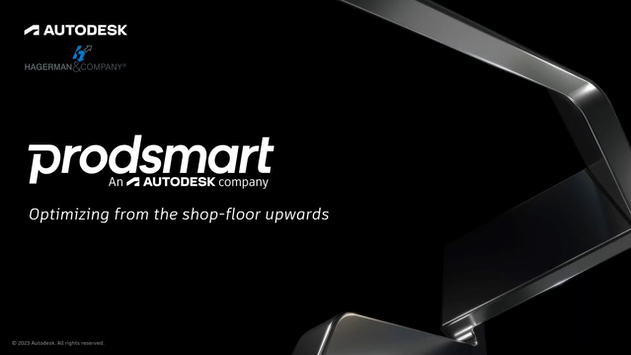Autodesk has introduced a new licensing model called "Flex Tokens." Interestingly enough, it is not a new concept in some computing areas. Any of you with a simulation background may remember "renting time" on high-end simulation packages. The same was true with Cray computers. The concept is to offer a lower-cost alternative to purchasing a costly software, or in the case of a Cray, an extremely expensive piece of hardware with a maintenance budget well outside most budgets.
Autodesk Flex offers "tokens" that can be used to allow users to "rent" Autodesk software on a time basis. Depending on the license type, the number of tokens required differs. The program is based on 24-hour increments, not per use or launch.
Below is the token usage for a few of the most requested products.
|
Product or Service Name |
Product Type |
Rate Type |
Token |
|
AutoCAD |
Desktop |
Daily |
7 |
|
AutoCAD Architecture |
Desktop |
Daily |
7 |
|
AutoCAD Electrical |
Desktop |
Daily |
7 |
|
AutoCAD Mechanical |
Desktop |
Daily |
7 |
|
Factory Design Utilities |
Desktop |
Daily |
0 |
|
Inventor Nastran |
Desktop |
Daily |
10 |
|
Inventor Professional |
Desktop |
Daily |
8 |
|
Vault Office |
Desktop |
Daily |
1 |
|
Vault Professional |
Desktop |
Daily |
3 |
|
Vault Professional Client |
Desktop |
Daily |
0 |
So, does the Flex Token model make sense to you or your organization? Here are a few questions to ask.
- Do you have users that only use an application a couple of times per month?
- Do users need specific tools for various parts of the design process (Simulation, Visualization, for example)
- Are you assigning a subscription license to casual users?
Flex isn't for everyone, but I believe it is a good approach while getting used to the Named User model versus a Network model that allowed casual users to "share" licenses.
How do you figure out if it works for your situation? I find the Token Estimator tool that Autodesk offers to be helpful. https://www.autodesk.com/benefits/flex/estimator-tool
In this case, a casual user of AutoCAD Electrical that uses the license a few times a month can see cost savings.
In this case, it doesn’t make any sense to use tokens. It is helpful to be able to run the analysis.
Flex Token Process
OK, you’ve decided that Flex Tokens work for part of your design/shop team. After you’ve purchased the tokens, what happens next?
As an administrator in Autodesk Account, you will see the number of tokens available. From there, you can assign tokens to an unlimited number of users. At that point, you can assign the ability to use any Autodesk product supported by Flex or a specific product.
At any point in the process, you can access reporting tools to analyze the usage and spending of tokens. However, remember that if users do not close the program after 24 hours, tokens will be deducted again.
Conclusion
I think Flex Tokens offer value to casual users or users who need access to tools they don't already subscribe to. I find the calculator to be helpful, as well as the reporting tools available in Autodesk Account. I would suggest that you reach out to our team to help you better understand your situation and can show you how the process works from an administrative perspective.




Comments